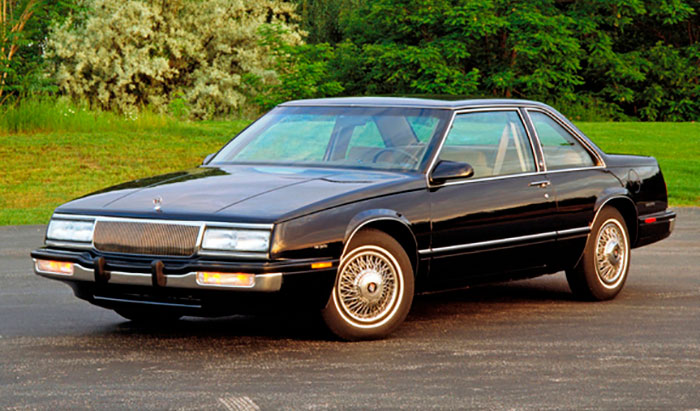Cadillac Is One Of The World’s Oldest Car Makers And Has Been Operating Since 1902
Advertised its quality and appeal for years with the tagline "The Standard of the World." The Detroit-based firm has always been known for its striking designs. Iconic designers like Harley Earl and Bill Mitchell were in charge of creating iconic vehicles like this 1959 Eldorado, which is known for its iconic tailfins that are emblematic of the 1950s. With the striking Lyriq and Celestiq, Cadillac ushers in a new age of all-electric vehicles. Let's take a look back at the past models that helped Cadillac establish its reputation.
Cadillac Model A Runabout (1903)
Cadillac was established by Henry M. Leland in 1902, and the following year saw the debut of his first automobiles at the New York Auto Show. As a former apprentice of renowned gunsmith Samuel Colt, Leland understood the value of precision engineering. The brand quickly gained a reputation for excellence and was awarded the RAC's Dewar Trophy in 1908 for showcasing the complete interchangeability of all 721 standardized component parts across three distinct cars. The next year, Cadillac was purchased by General Motors.
Cadillac Town Sedan (1928)
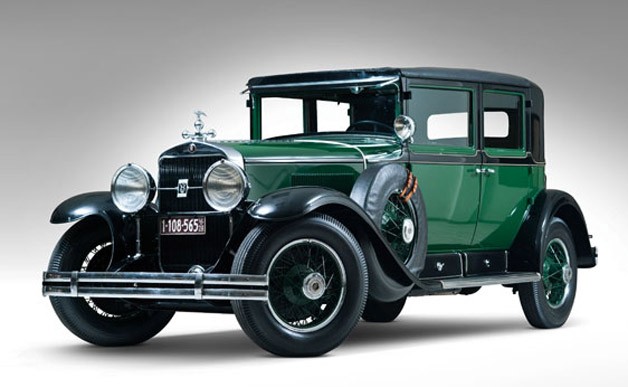
Cadillac drew famous clients—including US presidents—quickly. A Cadillac Series 341 town automobile was previously in service during the end of the Calvin Coolidge presidency (1923–29). When the Series 341 debuted in 1928, it had a 3-speed manual transmission, 90 horsepower V8, and tiltable-beam headlights. Legend has it that President Franklin D. Roosevelt utilized this fully armored 1928 model, once owned by mobster Al Capone, during the assault on Pearl Harbor in 1941.
Cadillac V-16 Series 452A (1931)
Before the first V-16 was produced in 1930, Cadillac's status as an engineering leader had already been solidified by inventions like an electric starter, a synchromesh transmission, and high-output V8 engines. The Great Depression saw a sharp decline in the market of luxury goods during the time the Dual Cowl Sport Phaeton was manufactured.
Cadillac V-16 Fleetwood Aerodynamic Coupe (1933)
When Harley Earl was asked to create the first vehicle for LaSalle, Cadillac's less expensive sibling brand, he was already creating special Cadillac bodies for dealer Don Lee. He was subsequently given a full-time job as General Motors' first head of Art and Color, which was eventually changed to Styling. For the following thirty years, he sculpted Cadillacs and other GM cars. The Fleetwood-bodied Aerodynamic Coupe's fastback, which was regarded as a crucial design of the Earl period, gave the impression of motion even while the vehicle was still. Across many model years, a total of just eight Aerodynamic Coupes were produced: three in 1934, four in 1936, and one in 1937.
Cadillac V-16 Roadster Fleetwood (1934)
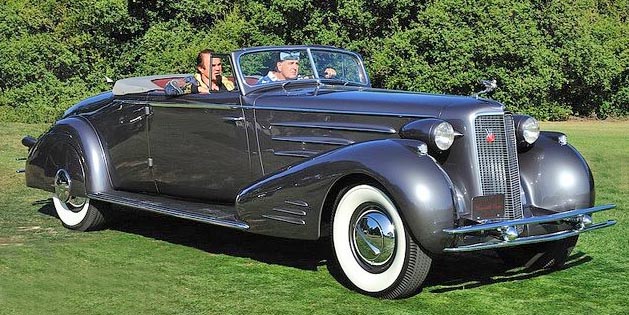
Before Fisher Body, which was then a subsidiary of General Motors, bought Fleetwood in 1925, the company had produced bespoke bodywork for a number of automakers. The Fleetwood body was now an option for all Cadillac models, and the V-16 Roadster was yet another gorgeous, streamlined design. Cadillac was in danger of being shut down by GM at this point, but service manager Nicholas Dreystadt's advocacy kept them afloat. His support for eliminating the company's restriction on selling to African-Americans led to a 70% boost in sales right away, and he was promoted to CEO of Cadillac.
Cadillac Eldorado (1953)
During his inauguration procession in 1953, President Eisenhower rode in one of the first Cadillac Eldorado vehicles. Based on the 1952 El Dorado concept that commemorated Cadillac's Golden Anniversary, the low-bodied, limited-edition '53 Eldorado was distinguished by its wraparound windshield, a design that was rapidly used on subsequent production cars.
Cadillac Eldorado Brougham (1957)
The hand-built Brougham combined striking design elements like a brushed stainless-steel roof, reversed-doors and quad headlamps, with luxury features. The car was available with memory powered-seats, cruise control, an automatic trunk opener, automatic headlamp dimming (“Autronic Eye”), power windows, transistor radio, air conditioning and a choice of 44 full-leather trim combinations.
Cadillac Cyclone Concept (1959)
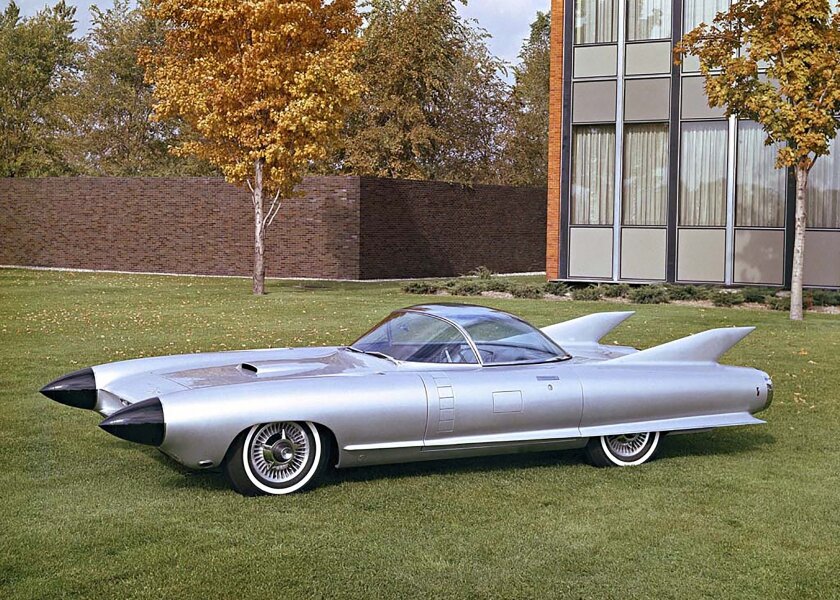
The 1950s fascination of US vehicle designers with fighter-jet trappings was exemplified by the XP-74 Cyclone idea, which was reminiscent of GM's Firebird display cars, the Plymouth XNR, and the Lincoln Futura. With its 325 horsepower V8 engine and avant-garde features like air suspension and dual front-mounted radars, the Cyclone predated modern driver-assistance technologies. It was the final design produced by Harley Earl, who was replaced by Bill Mitchell as GM's vice president of design in 1958.
Cadillac Coupe De Ville (1966)
For 1965, the Coupe De Ville had a complete makeover. Its sleeker appearance made the spacious two-door less rounded and "showy" than it had been in the past. The '66 model had a few minor changes, such as a new variable ratio steering system and a reworked front. There was still a 429 cu.in (7,030cc), 340-hp V8 providing power. As you can see, fins were at this point antiquated and had disappeared.

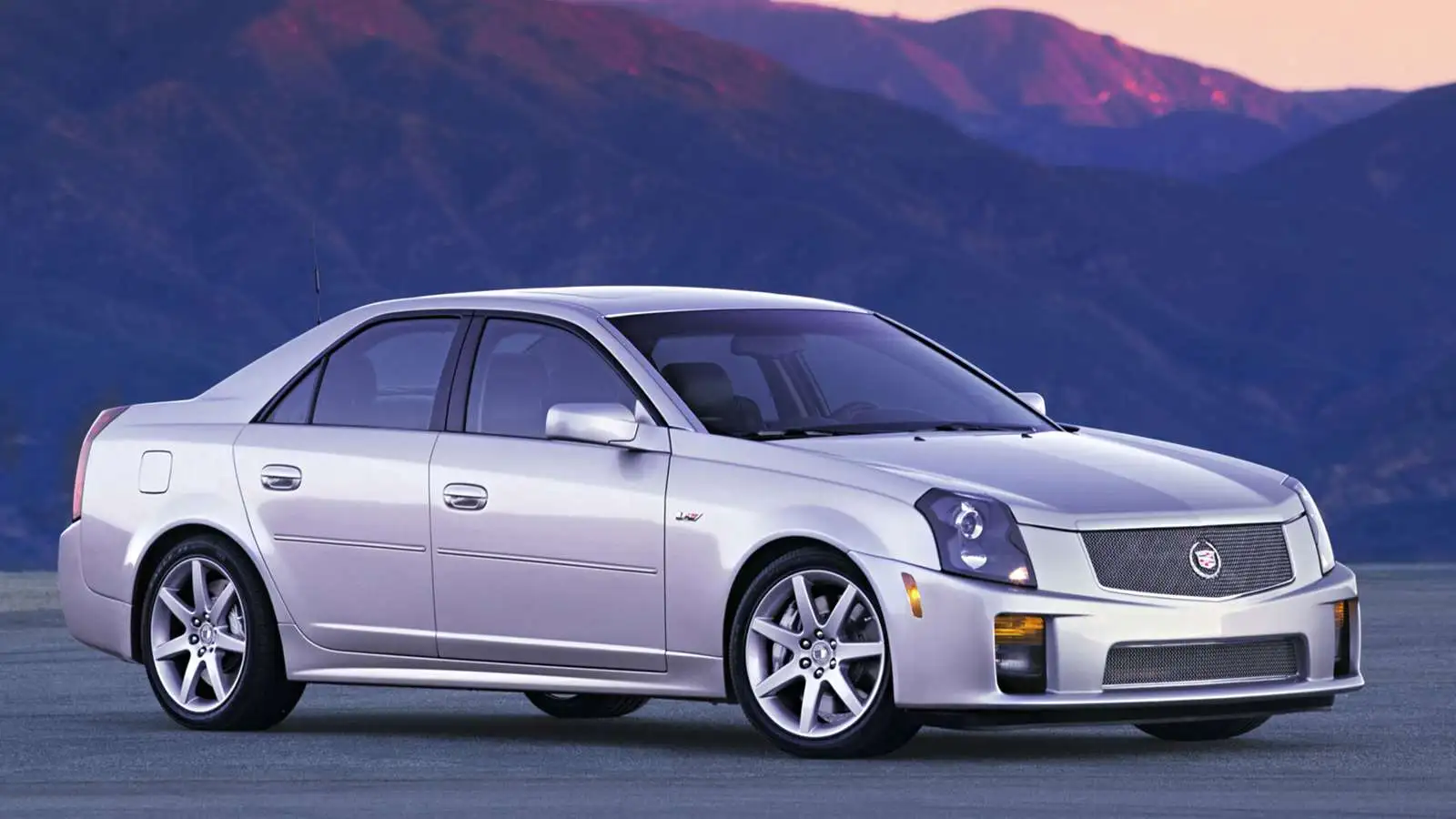

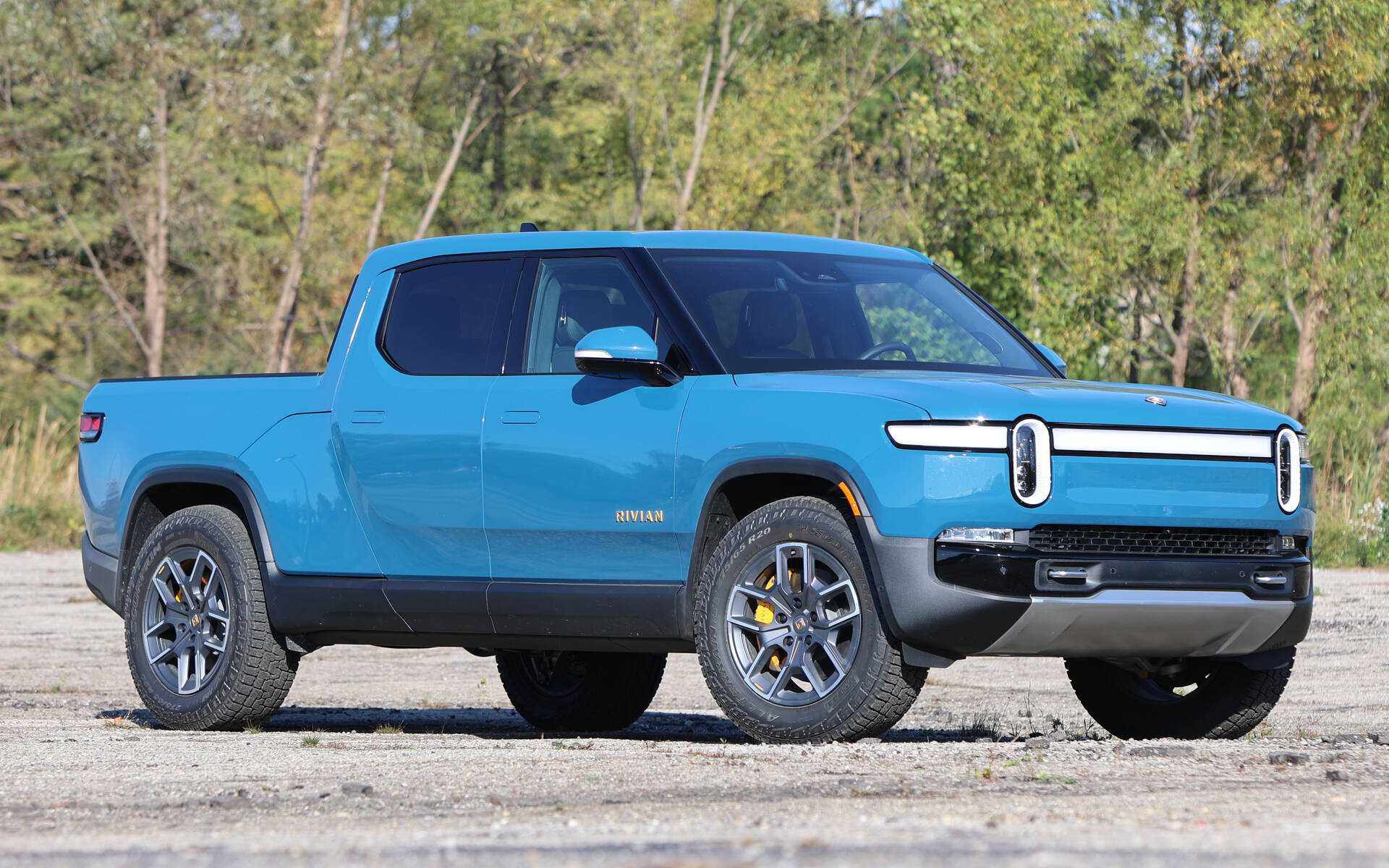
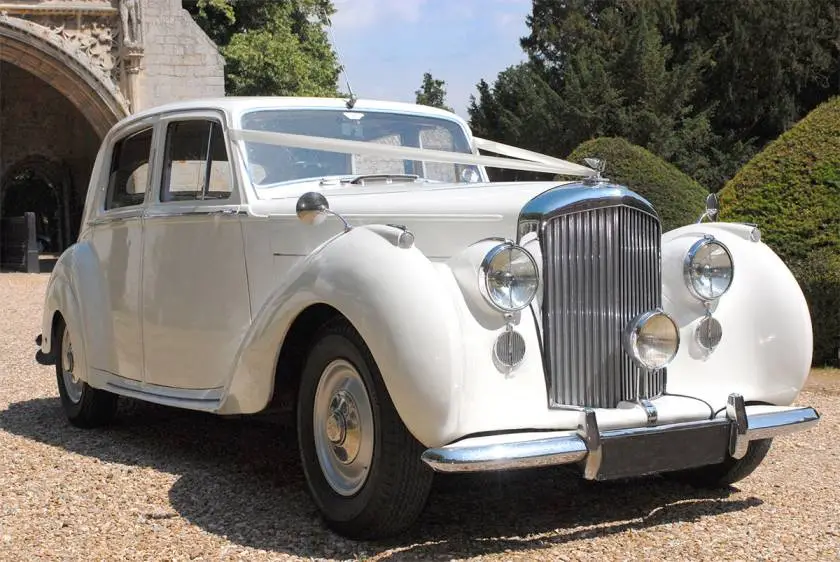
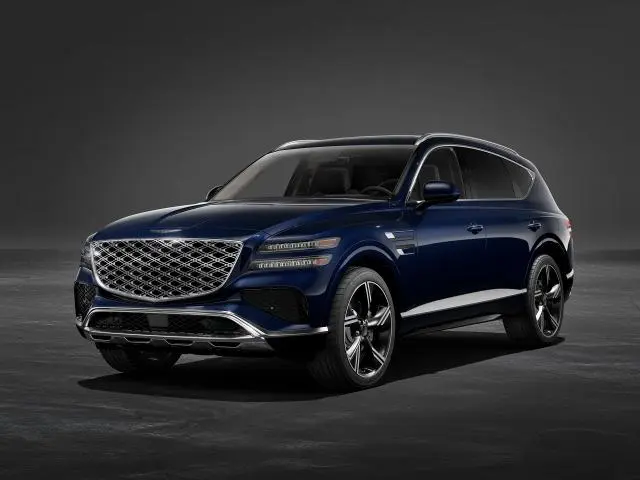

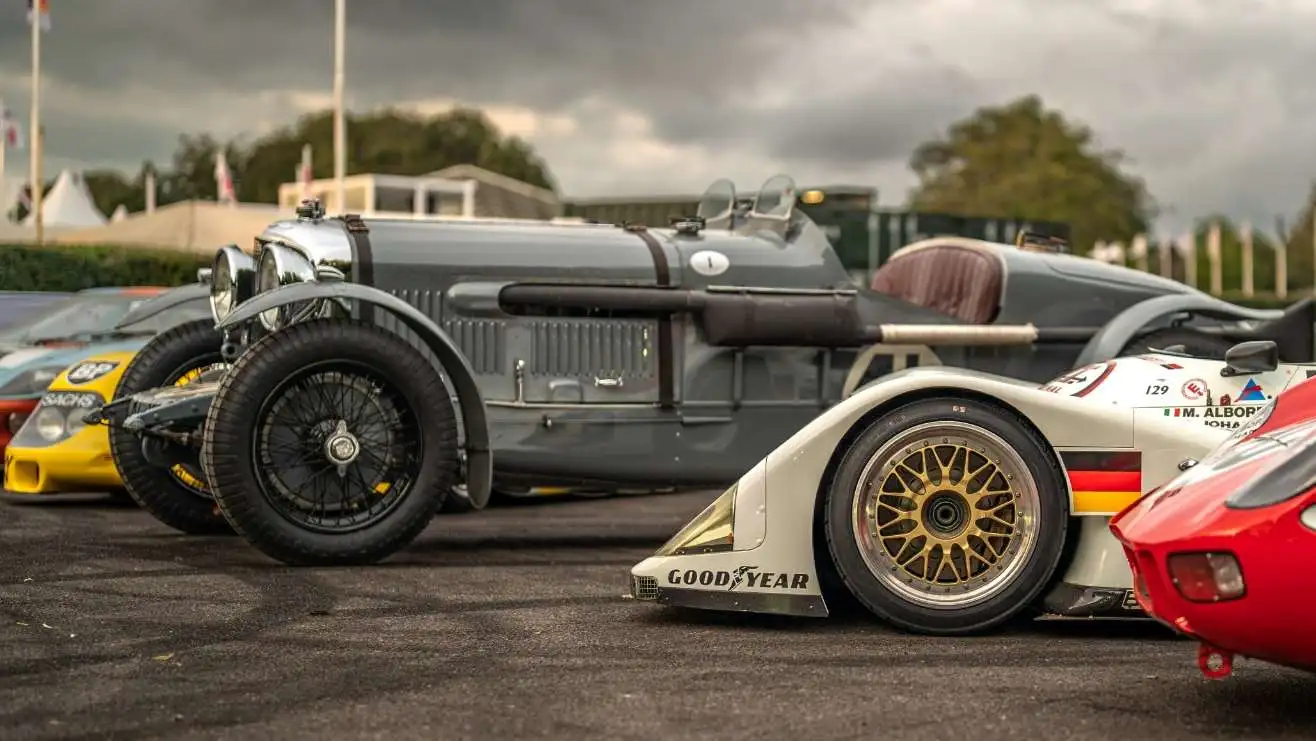
.jpg)


